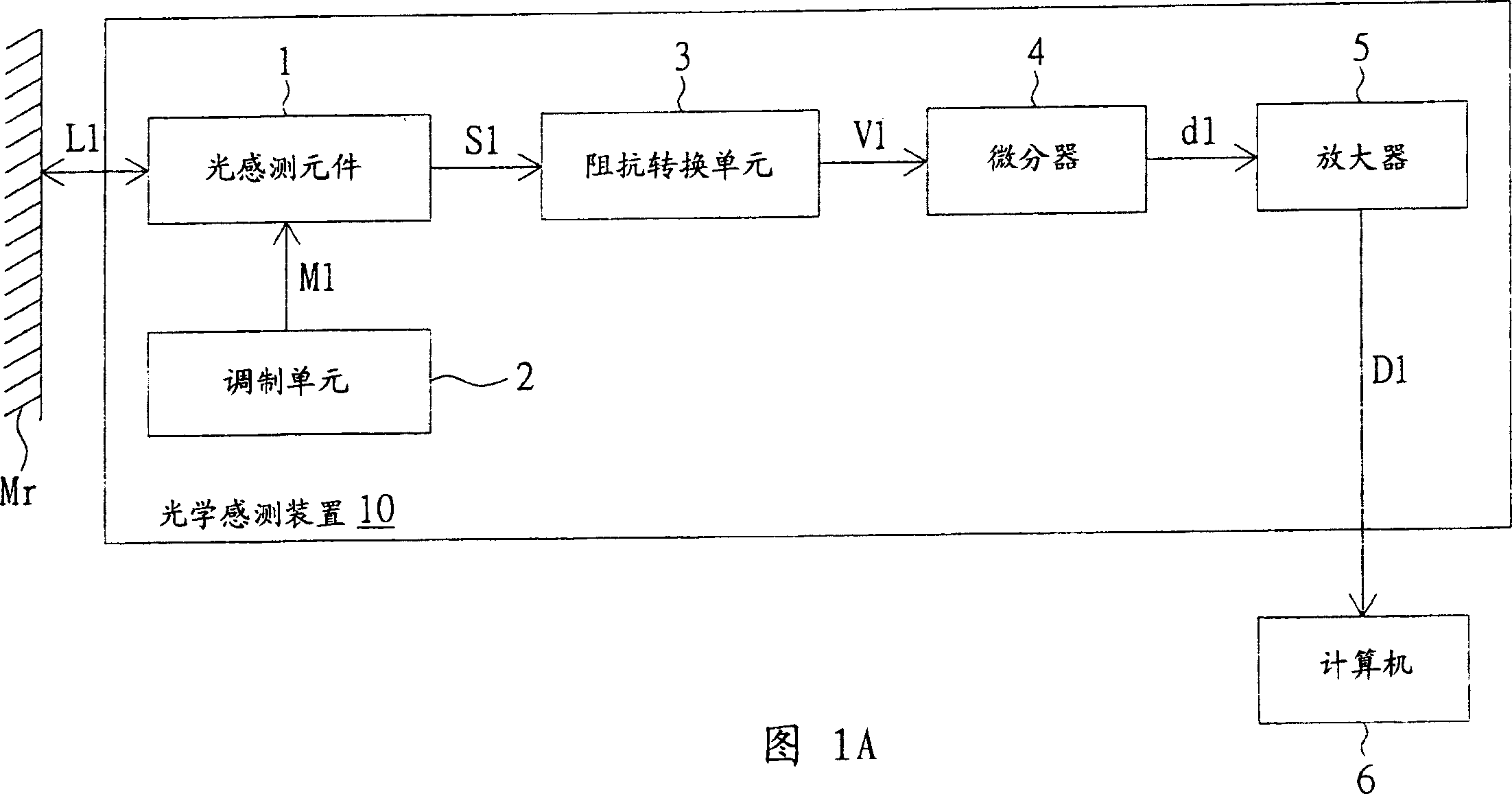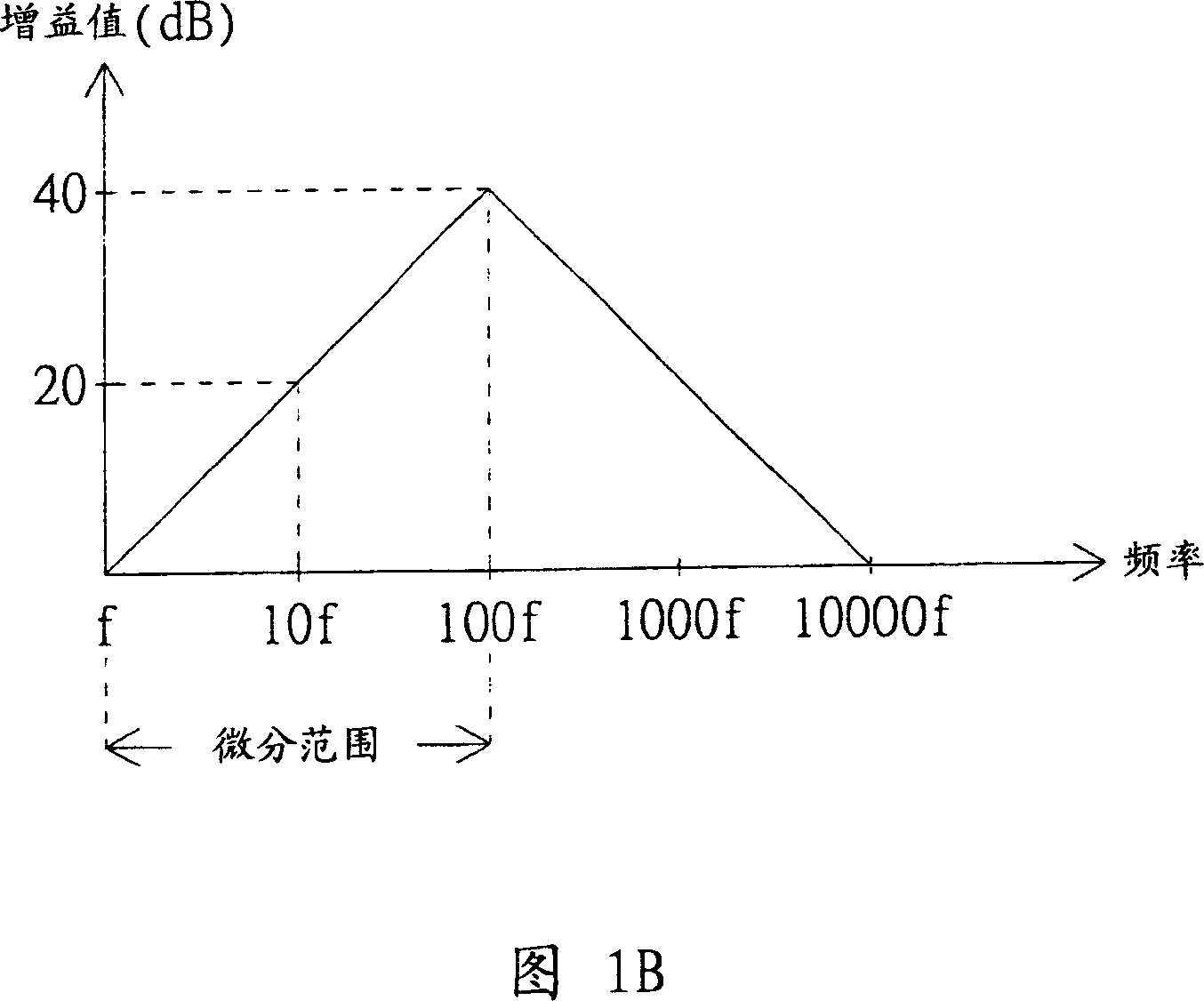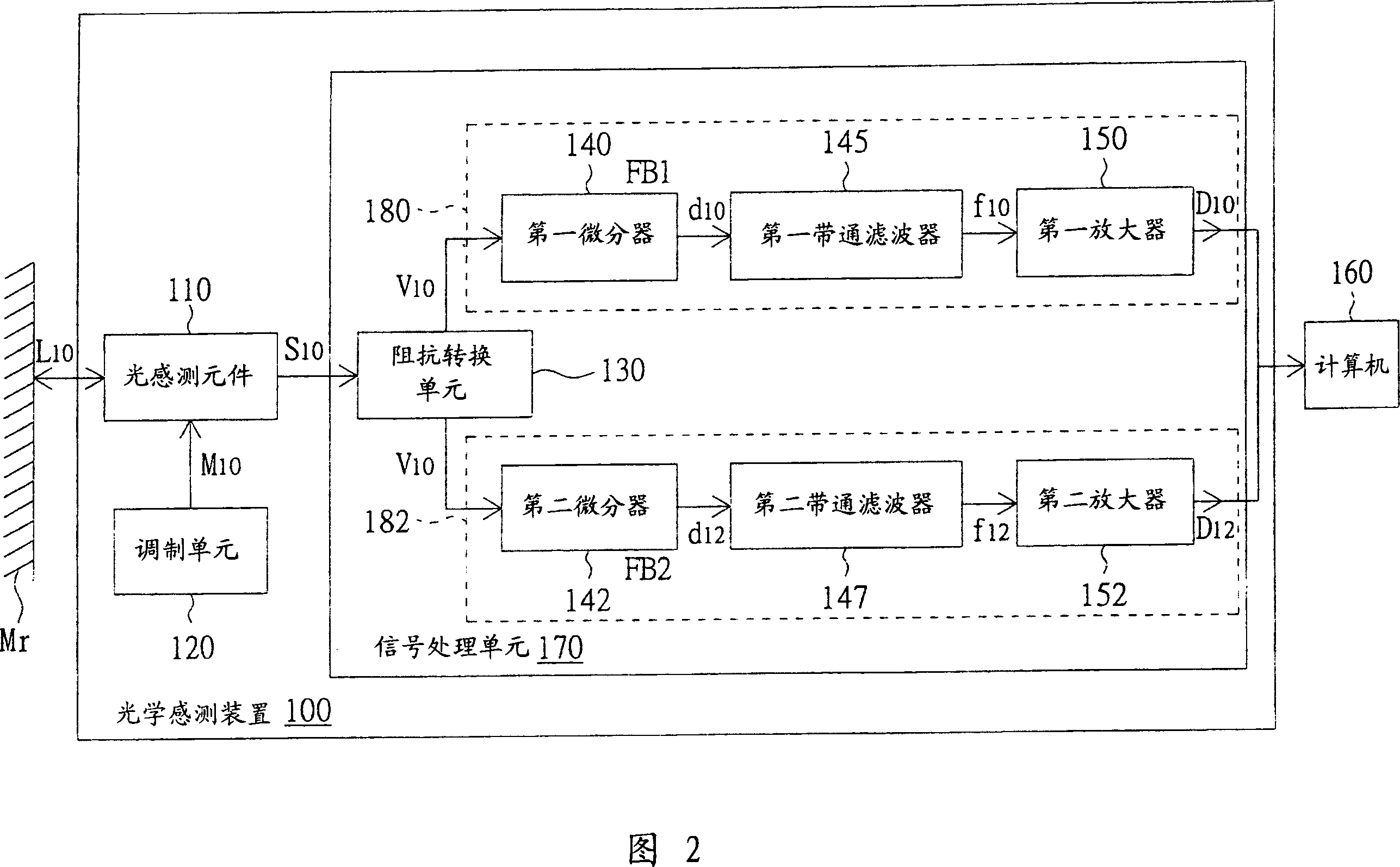Optical sensor and its electronic equipment
A technology of optical sensing and light sensing, which is applied in the direction of electrical digital data processing, instrumentation, and input/output process of data processing, etc. It can solve the problems of lack, failure to output, and reduce the sensing performance of optical sensors, etc.
- Summary
- Abstract
- Description
- Claims
- Application Information
AI Technical Summary
Problems solved by technology
Method used
Image
Examples
Embodiment 1
[0034] Please refer to FIG. 2 , which shows a structural block diagram of an optical sensing device connected to a computer according to a first embodiment of the present invention. The optical sensing device 100 is, for example, an optical mouse for sensing a relatively moving object Mr. The optical sensing device 100 includes a light sensing component 110 , a modulation unit 120 and a signal processing unit 170 . The photo-sensing component 110 uses a laser diode to send a laser signal L10 to the object Mr according to the modulation signal M10 (such as a triangular wave signal) output by the modulation unit 120, and uses the photodiode to receive the laser light L10 reflected from the object Mr, so as to output the sensing signal. Signal S10. The signal processing unit 170 is coupled to the photo-sensing component 110 for signal processing the sensing signal S10 and outputting the first data signal D10 and the second data signal D12 accordingly. The frequencies of the fir...
Embodiment 2
[0040] Please refer to FIG. 3 , which shows a structural block diagram of an optical sensing device connected to a computer according to a second embodiment of the present invention. The main difference between the optical sensing device 300 of this embodiment and the optical sensing device 100 of Embodiment 1 is that the signal processing unit 370 of this embodiment also includes a time division multiplexing (timedivision multiplexing, TDM) encoder 310 and a TDM translator. Encoder 320. The TDM encoder 310 is coupled between the impedance conversion unit 130 and the first differentiation unit 180 and the second differentiation unit 182 , and the TDM decoder 320 is coupled after the first differentiation unit 180 and the second differentiation unit 182 . In addition, the modulation unit 120 outputs a first frequency modulation signal M20 and a second frequency modulation signal M22 , wherein the first frequency is, for example, 100 Hz, and the second frequency is, for example,...
PUM
 Login to View More
Login to View More Abstract
Description
Claims
Application Information
 Login to View More
Login to View More - R&D
- Intellectual Property
- Life Sciences
- Materials
- Tech Scout
- Unparalleled Data Quality
- Higher Quality Content
- 60% Fewer Hallucinations
Browse by: Latest US Patents, China's latest patents, Technical Efficacy Thesaurus, Application Domain, Technology Topic, Popular Technical Reports.
© 2025 PatSnap. All rights reserved.Legal|Privacy policy|Modern Slavery Act Transparency Statement|Sitemap|About US| Contact US: help@patsnap.com



